Vin Who? That Was Fast
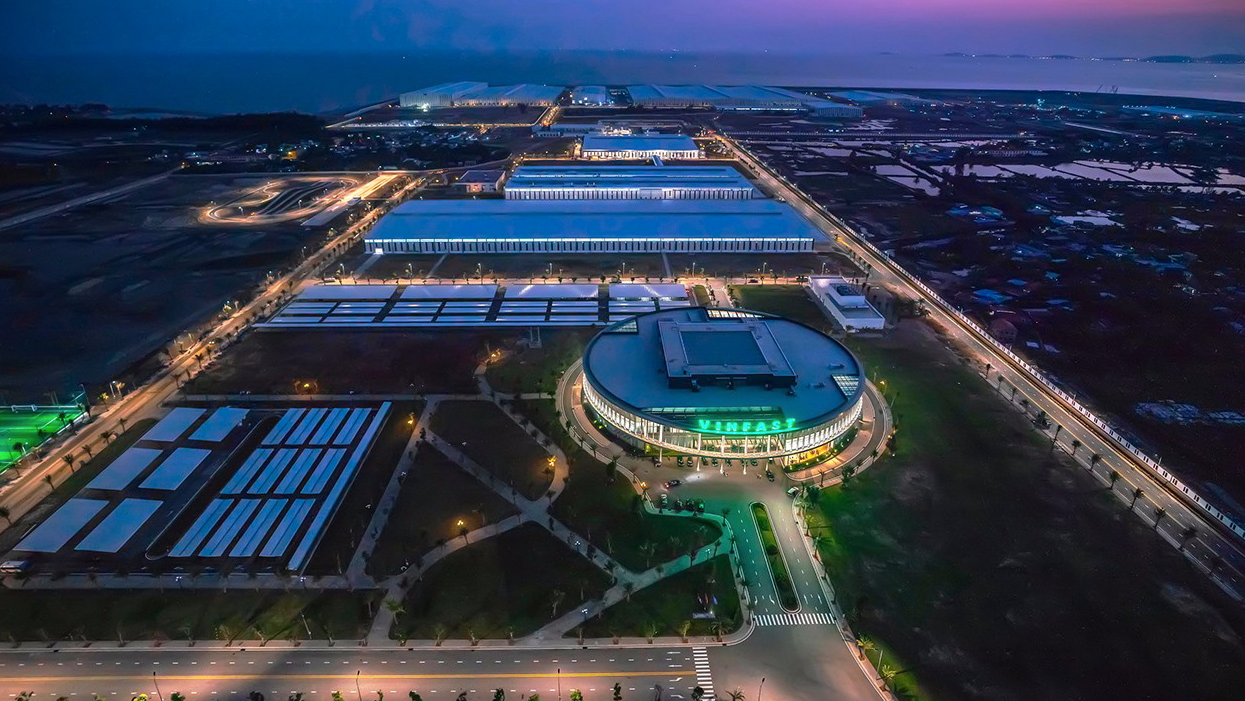
Vinfast and the Vingroup are largely unknown in North America, but they are a very big deal in Vietnam where the Vingroup of companies account for 28% of the tradable stocks on the Vietnamese Stock Index and nearly 2% of the nation's GDP. Because of economic reforms similar to what was put in place in China, Vietnam's economy has experienced exponential growth, and the Vingroup has been a big part of it. Vingroup companies include everything from resorts, AI tech, schools, hospitals, homes, shopping malls and substantial real estate holdings. The Chairman and Founder, Pham Nhat Vuong, is Vietnam's richest person with a reported net worth of $8B.
The Vingroup decided to enter the auto manufacturing business in 2017. They enlisted the help of Siemens to build a $1.5B plant which broke ground (actually a swamp) in September 2017 and was completed 22 months later. They hired Pininfarina to design the vehicles, Magna to help build them, and they licensed the combustion engine and drivetrain technology from BMW.
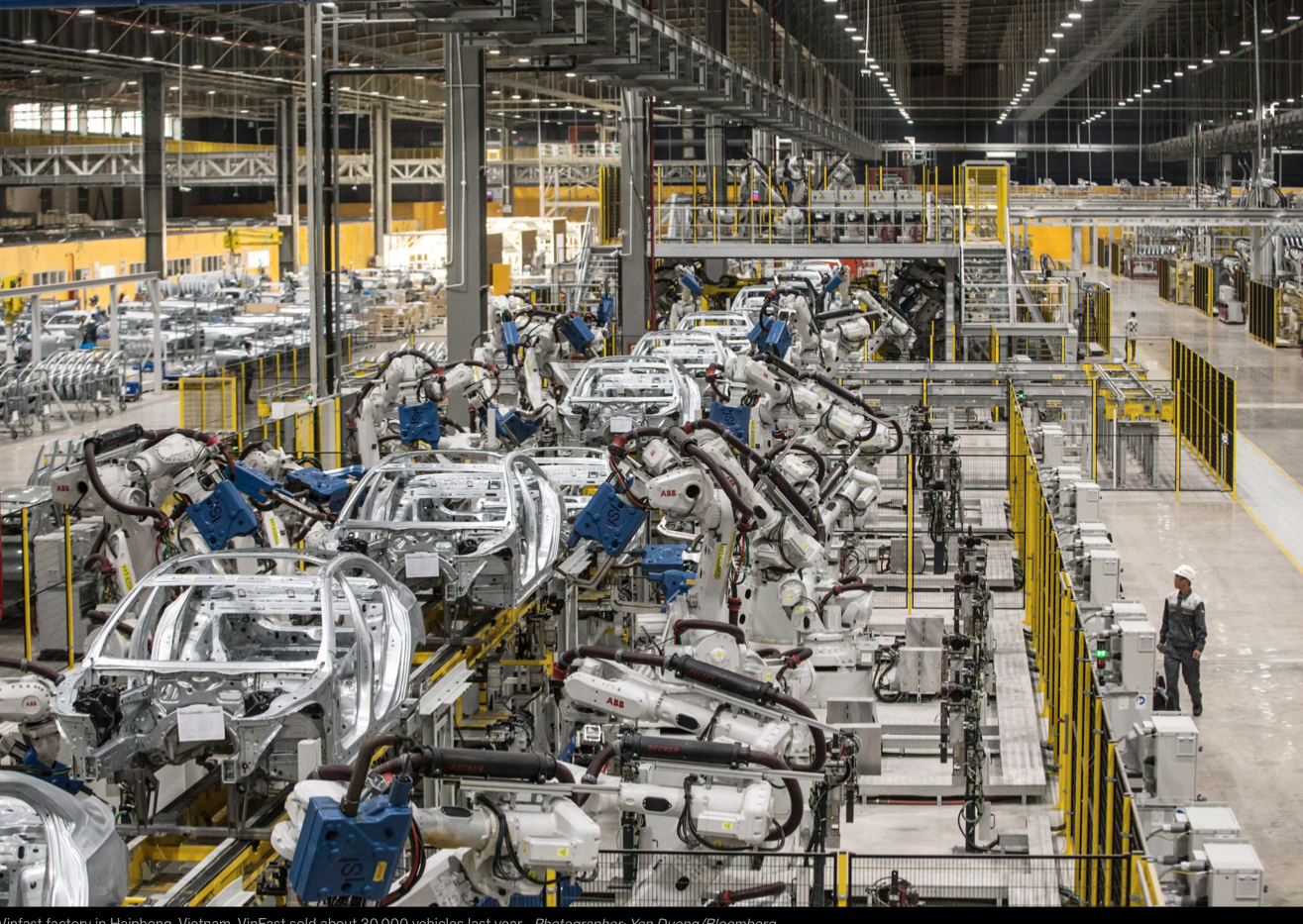
The first two Vinfast models, the Lux A sedan, and the Lux SA SUV, were displayed at the Paris Auto Show in the fall of 2018. One year later, new cars rolled off the production line and were delivered to customers.
In December 2021, the first Vinfast EVs were delivered to customers in Vietnam. In January 2022, Vinfast announced their plan to quit making combustion engined vehicles and expensively re-tooled their factory. In March 2022, Vinfast announced it was building a $4B EV plant in North Carolina with a capacity of 150,000 vehicles annually. Another Vinfast plant is scheduled to be built in Germany.
This month, deliveries of the 5-seat VF8 are expected to start in North America, with the 7-seat VF9 arriving in early 2023.
Vinfast signed an agreement with the Chinese company CATL to develop complete 'skateboard' platforms for future EVs, including the VF7 which is due next year. CATL is the world's largest Lithium Ion battery producer for EVs with 32% of the market (2021). Tesla, Ford, Hyundai, BMW, Volkswagon and Volvo have CATL batteries in them.
This level of investment will give Vinfast the ability to produce about 400,000 vehicles annually, which is about half of what they project for 2026. Tesla, by comparison, has taken 17 years to get to about 1.3M vehicles this year.
The speed at which some of the Asian manufacturers can bring products to market is truly staggering. The Chinese EV company BYD has gone from nothing to 600,000 units annually in under 10 years. At the start of the pandemic they decided to manufacture masks. They had blueprints in 3 days, completed the manufacture of the mask-making machines in 7 days, and in 24 days had the world's largest mask manufacturing plant that had a capacity of 100M pieces per day. The masks were distributed to 80 countries. BYD is now manufacturing its own semi-conductor chips...
The Fisker and Lordstown EV's are being built by the Taiwanese company Foxconn. If the name is familiar it is because they manufacture iphones, ipads, Kindles and most of the video game consoles. They have something like 40% of the global consumer electronics market. Foxconn's annual revenue approaches $USD 200B.
Should legacy auto manufacturers be afraid? I should think so. I've tried to buy several EVs from Hyundai, Kia, Nissan and others. Nobody can sell me anything, and the dealers don't want to agree to take an order at MRSP - preferring to wait and see what 'market price' is. No thanks, I put a deposit on a Vinfast...
Many legacy dealers are being incredibly short-sighted with aggressive profit taking on hard-to-get models. There is a lot less differentiation with an EV than an ICE vehicle. The basic 'skateboard' design platform is very similar from make to make, and is often co-developed by firms such as CATL that supply many manufacturers. The legacy manufacturers have their dealer network as a clear strategic advantage - but this is will be squandered if customers have to play games to get the cars. Given an alternative, customers will run away from sleazy sales tactics in droves. And there are going to be alternatives.
The best dealers - and there are some good ones (I'm going to give Paul Valentine and his dealer group a plug here) - thankfully have a longer term view. Sadly, most do not, and will be feeding upstart EV companies easy business.
1,000 people were flown into the VinPearl resort, many by private jet, for the worldwide launch of the Vinfast VF8 and VF9 SUVs that are to arrive in Canada this month. Vinfast is certainly not afraid to spend money - something like $10B so far.
It is a fair assumption that they are very eager to start delivering cars. Vinfast claim 65,000 orders in the bank (plus one from me), but as of October 2022 they had only delivered 2,200 EV's. The rate at which they are burning through cash must be of the Saturn V scale - it's a good thing the Vingroup has lots of it.
VINFAST MODELS
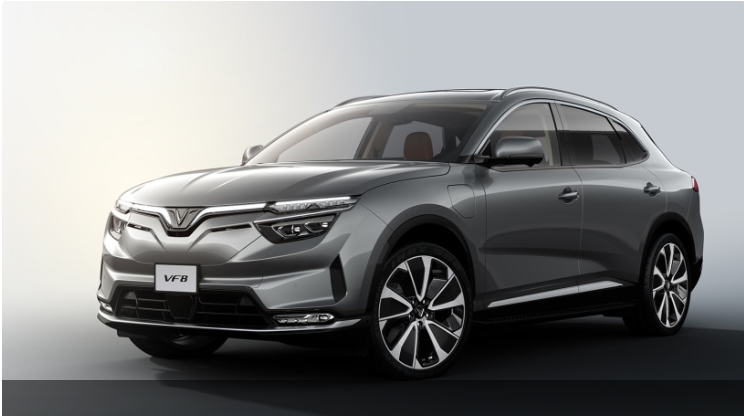
The Vinfast VF8 is a 5-seat SUV with what looks like a 82kWh and 100 kWh battery pack. The battery pack can be leased separately from the vehicle, or included with it. Warranty is 10 years on the whole vehicle.
Range, consumption and charge times appear to be competitive: Expect 20-22 kWh/100km of consumption and a real world range of 300-400km. DC fast charging looks to be in the 125kW range. AC home charging is likely 11kW.
Vehicles start at $CDN65,000 including the smaller battery. You can save $10k off the purchase price to lease the battery for $259 per month.
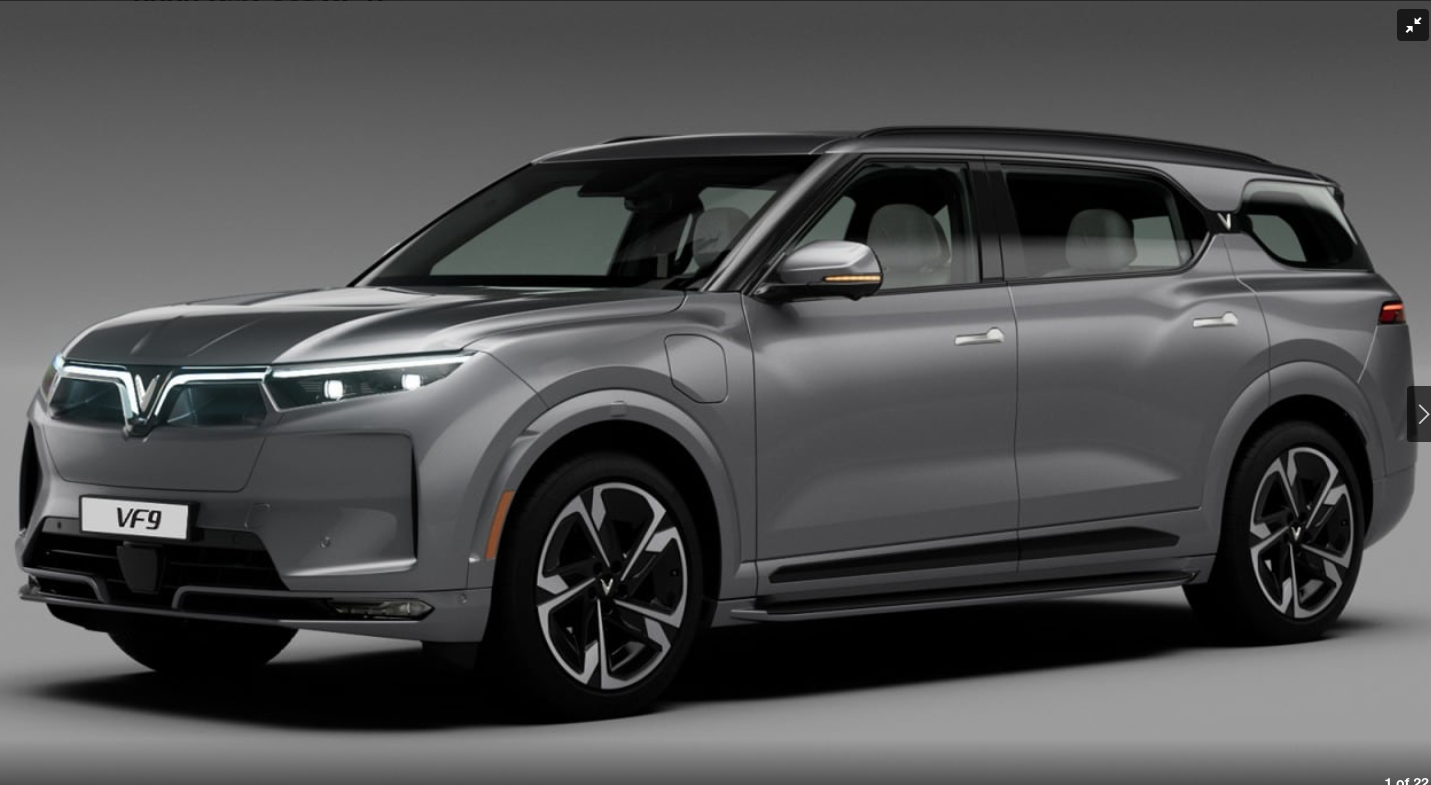
The Vinfast VF9 is a 7 seat, 3-row SUV and the flagship. It has the larger (est 100kWh) battery pack. This is the first traditional 3-row electric SUV to come to market.
Range, consumption and charge times appear to be competitive: Expect consumption of about 25kWh/100km, giving real world range of about 400km. DC fast charging appears to be in the 125 kW range. AC home charging is likely 11kW.
The VF9 starts at $CDN104k, or $80k with a battery lease of $349/mo.
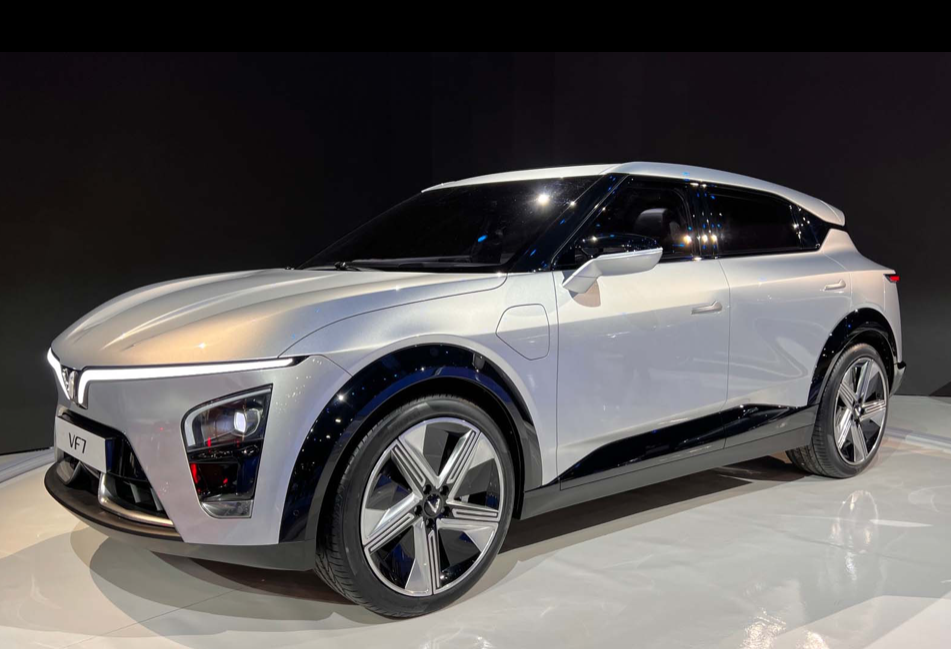
The Vinfast VF7 was styled in house. It will join the larger, more expensive VF7 and VF8 SUV's in 2023. Expect a $50k-$60k purchase price, 60-80kWh battery pack, 300-400km range and perhaps 800V architecture giving DC fast charge rates of greater than 150kW. This should be very competitive with the high-volume segment of the EV market, currently populated by the Tesla Model 3/Y, VW ID.4, Hyundai Ionic 6, Kia EV6 and Mustang Mach E.
Lawrence Romanosky, Calgary, Canada
Lromanosky@me.com, 403-607-8625
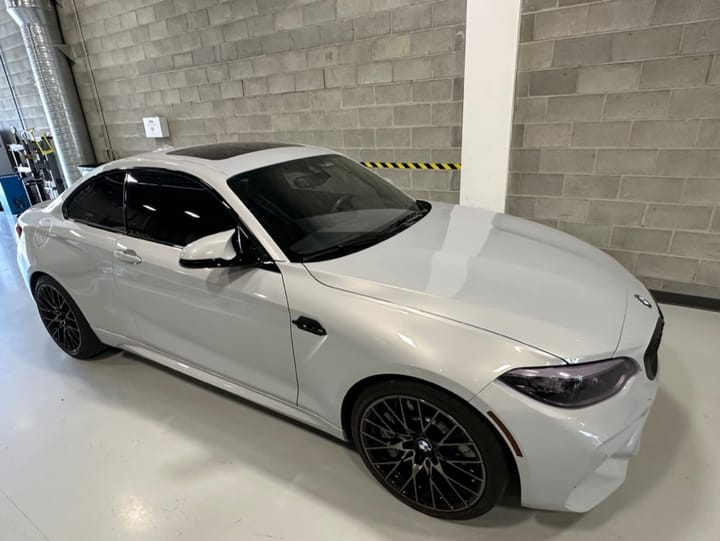
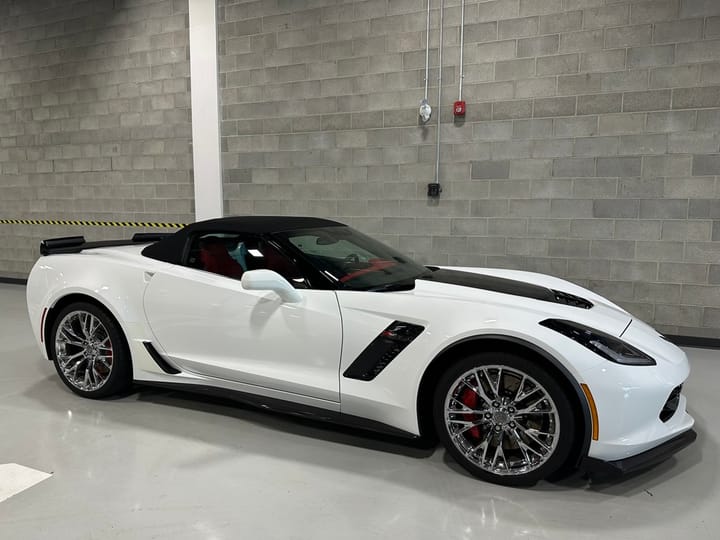

Comments ()